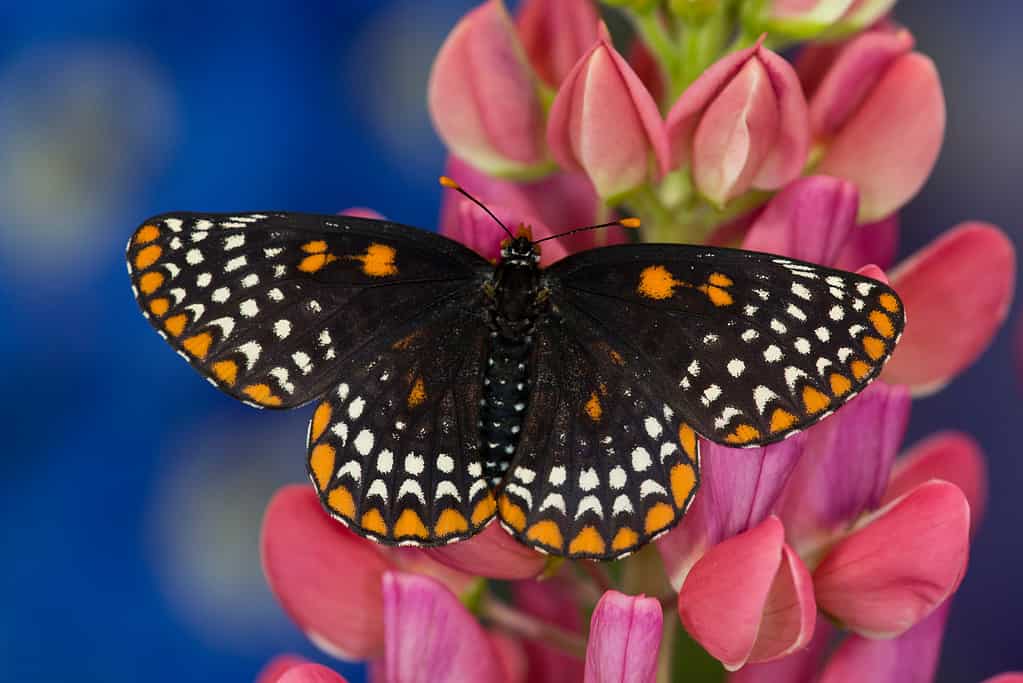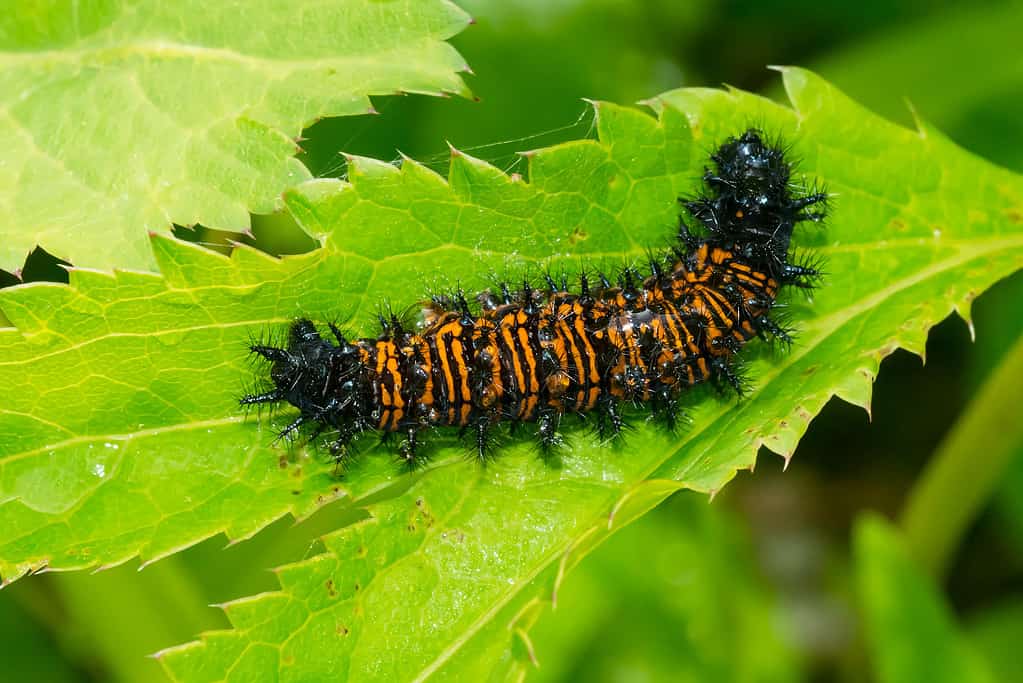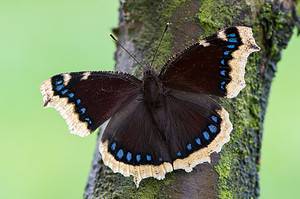Maryland is home to many miles of beautiful coastline, stunning mountains, and picturesque beaches. The Chesapeake Bay dominates the landscape on the eastern coast and is home to many interesting animals. Maryland is synonymous with blue crabs, and delicious crab cakes can be found at restaurants and in home kitchens. But Maryland is home to another notable species, the state insect. The official Maryland State Insect is the Baltimore Checkerspot Butterfly. We’ll learn more about this interesting butterfly and its home in Maryland.

Choosing a State Insect
The Baltimore Checkerspot Butterfly has been the state insect of Maryland since 1973. There isn’t a known origin story to its designation other than the legislation that gave it an official title that year. Its name makes it an obvious choice since Baltimore is the largest city in Maryland. Additionally, the family colors of Lord Baltimore, the English noble who founded Maryland in the mid-1600s, are gold and black. They make up two sections of the Maryland state flag and happen to be the same colors on the wings of the Baltimore Checkerspot Butterfly.
Identifying Baltimore Checkerspot Butterflies

The Baltimore Checkerspot Butterfly is identifiable by its gorgeous black and gold patterned wings.
©Danita Delimont/Shutterstock.com
These butterflies are easy to identify by their black and gold patterned wings. The outer edges have dark gold or orange spots that appear like a checkered pattern around the wing. Rows of smaller white checks are next to that. The majority of their wings are black or very dark brown, which makes the gold and white sections easier to spot. Their bodies are dark brown and covered in hair, a characteristic of butterflies in their scientific family, Nymphalidae.
As caterpillars, the Baltimore Checkerspot Butterfly has a banded black and yellow body. Their heads are all black. When they form a chrysalis, it is white with light orange and black markings on it. These colors are present in all of their stages and most distinct when they emerge as butterflies.
Some researchers identify two subspecies of Baltimore Checkerspot Butterflies, known as Euphydryas phaeton phaeton and Euphydryas phaeton ozarkae. They look similar but are located in slightly different parts of the United States. E. phaeton ozarkae is found in Missouri and surrounding states, while E. phaeton is native to Maryland and surrounding states. However, not all scientists consider these two varieties as separate and distinct subspecies. When studied and discussed, they are generally referred to together as Euphydryas phaeton or the Baltimore Checkerspot Butterfly.
Baltimore Checkerspot Butterfly Population
Once thriving throughout Maryland, these butterflies are much more limited in their numbers and habitat. They can be found in the western and central parts of the state. According to the Maryland Department of Natural Resources, there are 20 known colonies in the wild. They like wet meadows because this is where their food sources are plentiful.
As caterpillars, they can be prey for some larger insects, such as wasps. They may also fall off the leaves that they need to eat as caterpillars or later as pupas. They make thin webs to prevent this from happening, which can get quite large when they feed and create webs in clusters. If you see these wispy webs on some of your plant leaves, you should look around for Baltimore Checkerspot Butterfly Caterpillars. As they get larger and closer to forming their chrysalis, they move off on their own and no longer create webs.
The species is considered “imperiled” in Maryland, and sightings are becoming rare. Efforts to maintain and boost the population of the Baltimore Checkerspot Butterfly and other butterfly species focus on protecting their natural habitats.

If you see these wispy webs on some of your plant leaves, you should look around for Baltimore Checkerspot Butterfly Caterpillars.
©Paul Reeves Photography/Shutterstock.com
Cultivating a Baltimore Checkerspot Butterfly Garden
These butterflies eat White Turtleheads as caterpillars. These flowers are a species of snapdragon with white or light pink flowers. They make a great addition to your garden and can also help with the Baltimore Checkerspot Butterfly population. The caterpillars eat the leaves after they hatch from eggs that mature Baltimore Checkerspot Butterflies lay on the underside of the leaves.
Butterflies eat nectar from flowers, similar to bees. Baltimore Checkerspot Butterflies gravitate toward milkweed, wild roses, wild blackberries, and mountain mint. All of these are easy to grow in their native region and are popular with gardeners. You can create your very own butterfly garden to attract Baltimore Checkerspot Butterflies just by planting some of their preferred food. If you want to watch them transform from a caterpillar to a butterfly, adding White Turtlehead is a must.
Their flight period is typically in June and part of July. This is when they look for nectar and lay their eggs. Ensuring access to their preferred food sources and egg-laying locations, the White Turtlehead, can do a lot to boost the number of Baltimore Checkerspot Butterflies.
Conservation Efforts
Another step that Maryland has taken to boost the population of the Baltimore Checkerspot Butterfly is to create a Baltimore Checkerspot Recovery Team, BCRT. This group is made up of government officials, butterfly experts, and academics, as well as others interested in preserving the wildlife of Maryland. Not only do they track the current colonies and habitats, they also try to identify potential new areas that would support Baltimore Checkerspot Butterfly colonies. They reintroduce these butterflies to new areas that can support their lifecycle.
Baltimore Checkerspot Butterflies also live in nearby states, including Virginia, West Virginia, Pennslyvania, and even further north. In addition to the Maryland Department of Natural Resources, the Maryland Natural Heritage Program and the Wildlife and Heritage Service actively track Baltimore Checkerspot Butterfly colonies, habitats, and habits.
The photo featured at the top of this post is © Ginger Wang/Shutterstock.com
Thank you for reading! Have some feedback for us? Contact the AZ Animals editorial team.






